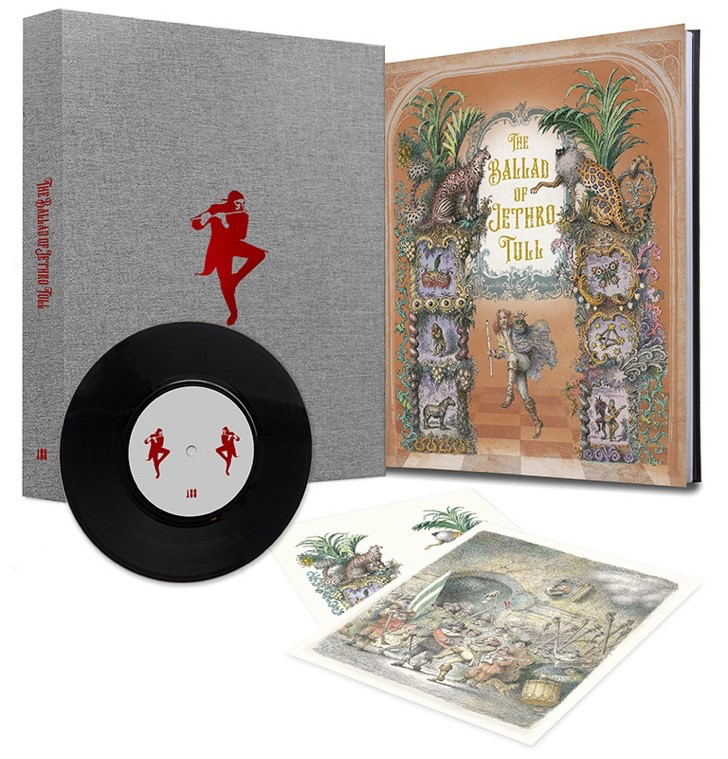Despite being one of the biggest acts of the 70s, Jethro Tull are not a band that have ever enjoyed career reassessment and rehabilitation by subsequent generations. Sure, they have enjoyed steady sales to this day, and there has even been a string of hefty box set reissues which have seen their classic albums remastered by Steven Wilson and supplemented by all manner of bonus material on both CD and audio DVD. These reissues have evidently been a profitable exercise, as they have now released much expanded editions of all their albums up to 1979’s Stormwatch, with the fan base having deep enough pockets to spend upwards of £40 on albums they already own.
Of course, Jethro Tull are not unique in having a fan base willing to invest their disposable income on much-expanded box sets of their classic albums, as it’s been a healthy source of income for a lot of classic rock acts down the years. However, unlike the biggest bands of their generation, there haven’t been that many books about Jethro Tull down the years when compared to their peers. Indeed for years David Rees’ late 90s offering, Minstrels in the Gallery, was just but the only book on Tull, with only a handful more being released since then.
It was perhaps the success of the recent series of expanded Jethro Tull reissues that confirmed that there would be a market for The Ballad of Jethro Tull, a hefty coffee table book bulging with thick pages displaying photos of the band down the decade, press clippings, as well as recollections by band members past and present, as well as other key players in Tull’s history of how the band’s career panned out.
Of course, front and centre of the Jethro Tull story is band founder and front man, Ian Anderson, whose love of photography is evident throughout, and who inevitably the book centres around. That said, all other surviving band members also contribute, and for committed Jethro Tull fans (which to be fair, is the majority of Jethro Tull fans) this visually sumptuous history of the band is something to lose themselves in. As both a pictorial and anecdotal history of Jethro Tull, The Ballad of Jethro Tull, is about as definitive as fans could hope for.
Of course, with the publication of The Ballad of Jethro Tull being an Ian Anderson project, there are inevitably a jolly “we’re all in it together” affair, with a few things quietly glossed over, but not so much as to entirely obscure the gently bubbling tension from some key former band members. That said, the clumsy dismissal of half the band in 1980 is recounted with an admirably straight bat, as is the departure of bass player Dave Pegg in the mid 90s (Pegg himself admitting to not being a particularly nice person at the time). Elsewhere, veteran Tull guitar player Martin Barre being dismissed is treat as no more a key departure as any other band member, which is something that much of the band’s fan base would be surprised by, given he had appeared on all of Jethro Tull’s studio albums except their debut.
If you’re a fan of the band, then The Ballad of Jethro Tull is the definitive authorised history of the band, and a book that you will want to check out. Those with even deeper pockets will want to check out the Signature Edition of The Ballad of Jethro Tull, resplendent in its hand made box, complete with two art prints and 7 inch single of Anderson reciting a narrative poem called “The Ballad of Jethro Tull”, and Walter Scott’s “Marmion” on the b-side. Even in the book’s “classic” format, The Ballad of Jethro Tull is a beautifully presented, laid out and stunning photographic history of one of the most visually interesting bands in rock history.
The Ballad of Jethro Tull can be ordered from www.jethrotullbook.com.













No Comment